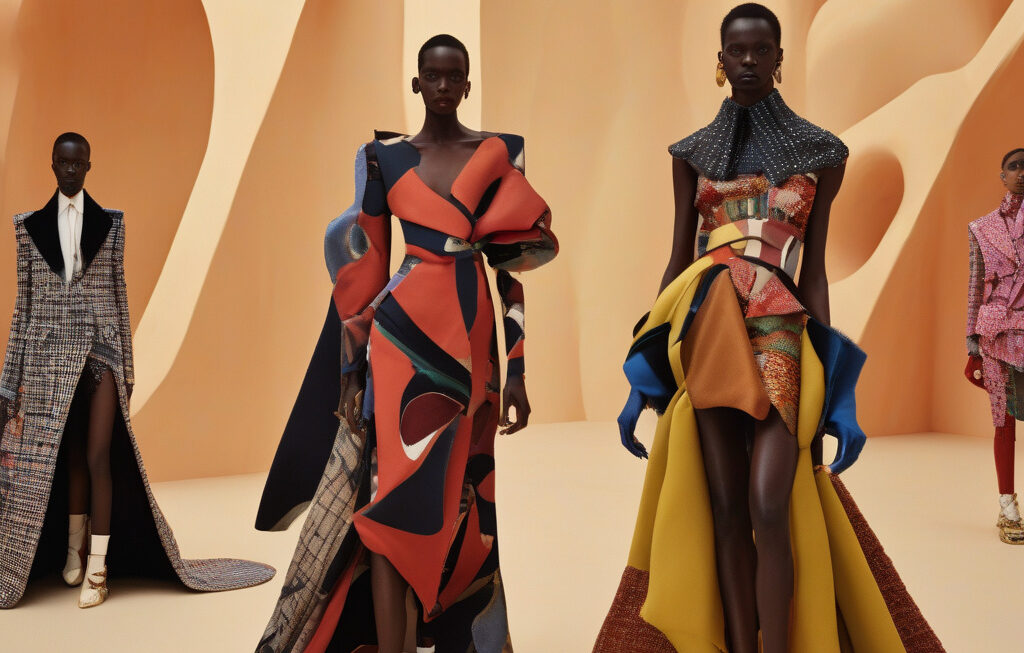Did Fashion’s Season of Change Actually Change Anything? Yes and No
This season will be remembered as one of the most heavily debated, and divisive, moments in the history of the modern fashion industry, writes Angelo Flaccavento.
The fashion industry is no stranger to change. Trends come and go, styles evolve, and designers push boundaries to create something new and innovative. However, the recent season of change in the fashion world has sparked a different kind of conversation. It’s not just about hemlines or colors; it’s about the very essence of the industry and its impact on the world around us.
One of the most significant changes that has come out of this season is the increased focus on sustainability. With climate change becoming an ever-pressing issue, many fashion houses and designers have started to rethink their production processes and materials. From using recycled fabrics to implementing zero-waste practices, the industry is slowly but surely moving towards a more sustainable future.
For example, luxury fashion house Gucci announced that it is going carbon neutral and will be offsetting all of its greenhouse gas emissions. This bold move sets a new standard for the industry and shows that change is possible, even on a large scale. By taking responsibility for its environmental impact, Gucci is setting an example for other brands to follow suit.
Another area where change is evident is in the push for diversity and inclusivity. The fashion industry has long been criticized for its lack of representation, both on the runway and behind the scenes. However, this season saw a shift towards more diverse casting and greater visibility for underrepresented groups.
For instance, the Spring/Summer 2022 fashion shows featured a record number of models of color, plus-size models, and models from the LGBTQ+ community. Designers like Christian Siriano and Chromat have been at the forefront of this movement, showcasing collections that celebrate all body types and identities. This increased diversity is not just a passing trend but a long-overdue change that is reshaping the industry for the better.
Despite these positive steps forward, it would be remiss not to acknowledge the challenges that still exist. The fashion industry is known for its fast-paced nature and constant demand for newness, which can often lead to overproduction and waste. While some brands are making strides towards sustainability, others are lagging behind, sticking to outdated practices that harm the planet.
Moreover, the issue of exploitation and unethical labor practices continues to plague the industry. Many fashion brands outsource their production to countries with lax labor laws, leading to poor working conditions and low wages for garment workers. This season of change has brought these issues to the forefront, sparking important discussions about the need for greater transparency and accountability in the fashion supply chain.
In conclusion, the fashion industry’s season of change has brought both progress and challenges to the forefront. From a renewed focus on sustainability and diversity to ongoing issues of overproduction and exploitation, there is still much work to be done. However, by continuing to push for positive change and holding brands accountable, we can help shape a fashion industry that is not only stylish but also ethical and responsible.
#FashionIndustry, #Sustainability, #DiversityandInclusivity, #EthicalFashion, #FashionForward












